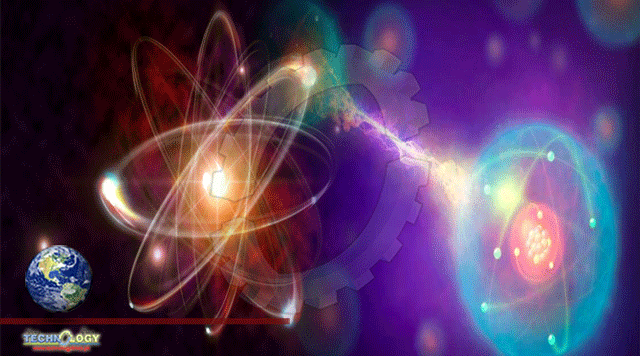A crucial number that rules the universe goes big in a strange quantum material.

The fine-structure constant is about 10 times its normal value in a type of material called quantum spin ice, physicists calculate in the Sept. 10 Physical Review Letters. The new calculation hints that quantum spin ice could give a glimpse at physics within an alternate universe where the constant is much larger.
With an influence that permeates physics and chemistry, the fine-structure constant sets the strength of interactions between electrically charged particles. Its value, about 1/137, consternates physicists because they can’t explain why it has that value, even though it is necessary for the complex chemistry that is the basis of life (SN: 11/2/16).
If the fine-structure constant throughout the cosmos were as large as the one in quantum spin ices, “the periodic table would only have 10 elements,” says theoretical physicist Christopher Laumann of Boston University. “And it probably would be hard to make people; there wouldn’t be enough richness to chemistry.”
Quantum spin ices are a class of substances in which particles can’t agree. The materials are made up of particles with spin, a quantum version of angular momentum, which makes them magnetic. In a normal material, particles would come to a consensus below a certain temperature, with the magnetic poles lining up in either the same direction or in alternating directions. But in quantum spin ices, the particles are arranged in such a way that the magnetic poles, or equivalently the spins, can’t agree even at a temperature of absolute zero (SN: 2/13/11).
The impasse occurs because of the materials’ geometry: The particles are located at the corners of an array of pyramids that are connected at the corners. Conflicts between multiple sets of neighbors mean that the closest these particles can get to harmony is arranging themselves so that two spins face out from each pyramid, and two face in.
This uneasy truce can give rise to disturbances that behave like particles within the material, or quasiparticles (SN: 10/3/14). Flip particles’ spins around and you can get what are called spinons, quasiparticles that can move through the material and interact with other spinons in a manner akin to electrons and other charged particles found in the world outside the material. The material re-creates the theory of quantum electrodynamics, the piece of particles physics’ standard model that hashes out how electrically charged particles do their thing. But the specifics, including the fine-structure constant, don’t necessarily match those in the wider universe.
So Laumann and colleagues set out to calculate the fine-structure constant in quantum spin ices for the first time. The team pegged the number at about 1/10, instead of 1/137. What’s more, the researchers found that they could change the value of the fine-structure constant by tweaking the properties of the theoretical material. That could help scientists study the effects of altering the fine-structure constant — a test that’s well out of reach in our own universe, where the fine-structure constant is fixed.
Unfortunately, scientists haven’t yet found a material that definitively qualifies as quantum spin ice. But one much-studied prospect is a group of minerals called pyrochlores, which have magnetic ions, or electrically charged atoms, arranged in the appropriate pyramid configuration. Scientists might also be able to study the materials using a quantum computer or another quantum device designed to simulate quantum spin ices (SN: 6/29/17).
If scientists succeed in creating quantum spin ice, the materials could reveal how quantum electrodynamics and the standard model would work in a universe with a much larger fine-structure constant. “That would be the hope,” says condensed matter theorist Shivaji Sondhi of the University of Oxford, who was not involved with the research. “It’s interesting to be able to make a fake standard model … and ask what would happen.”
Originally Published by ScinecNews